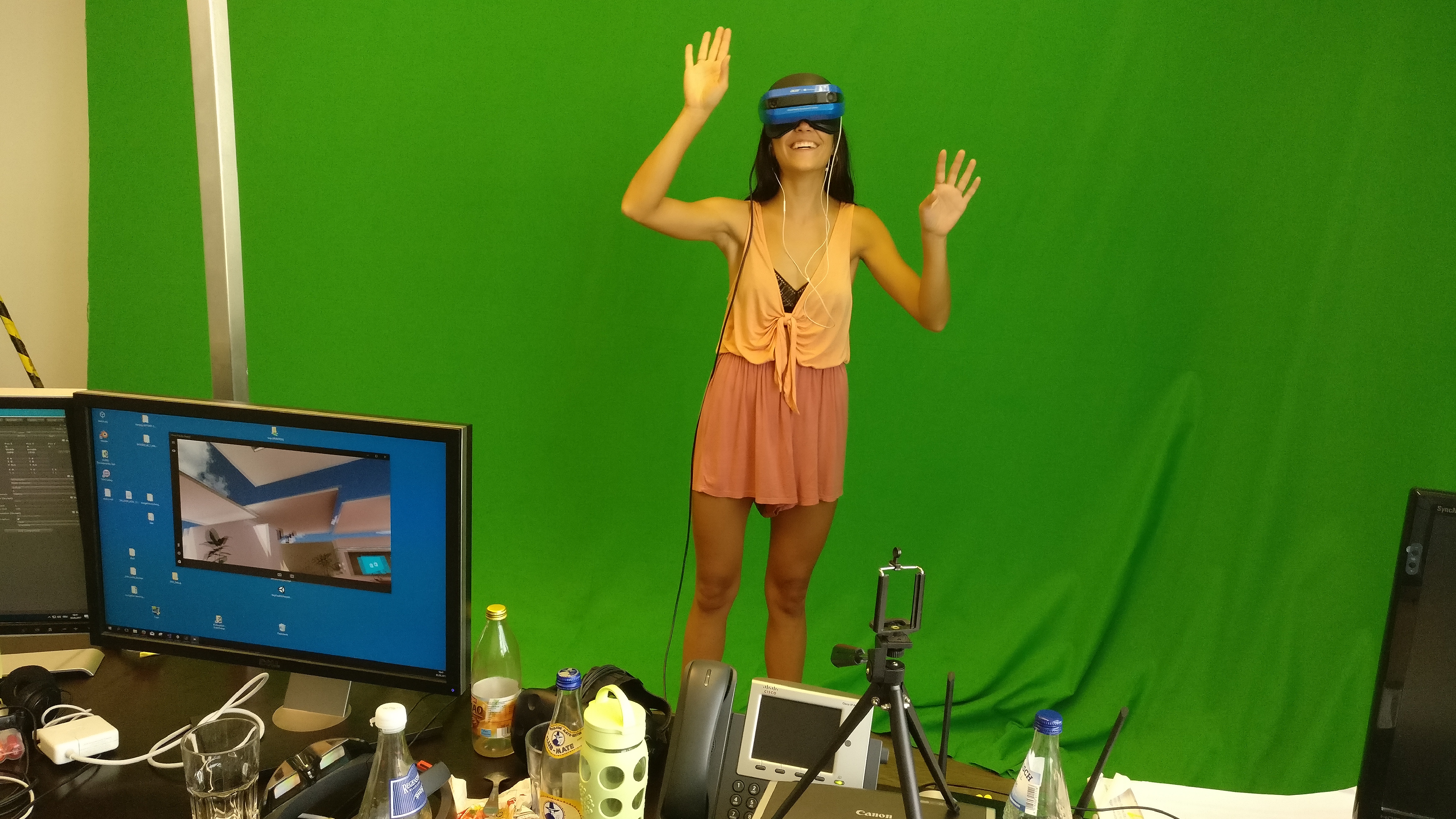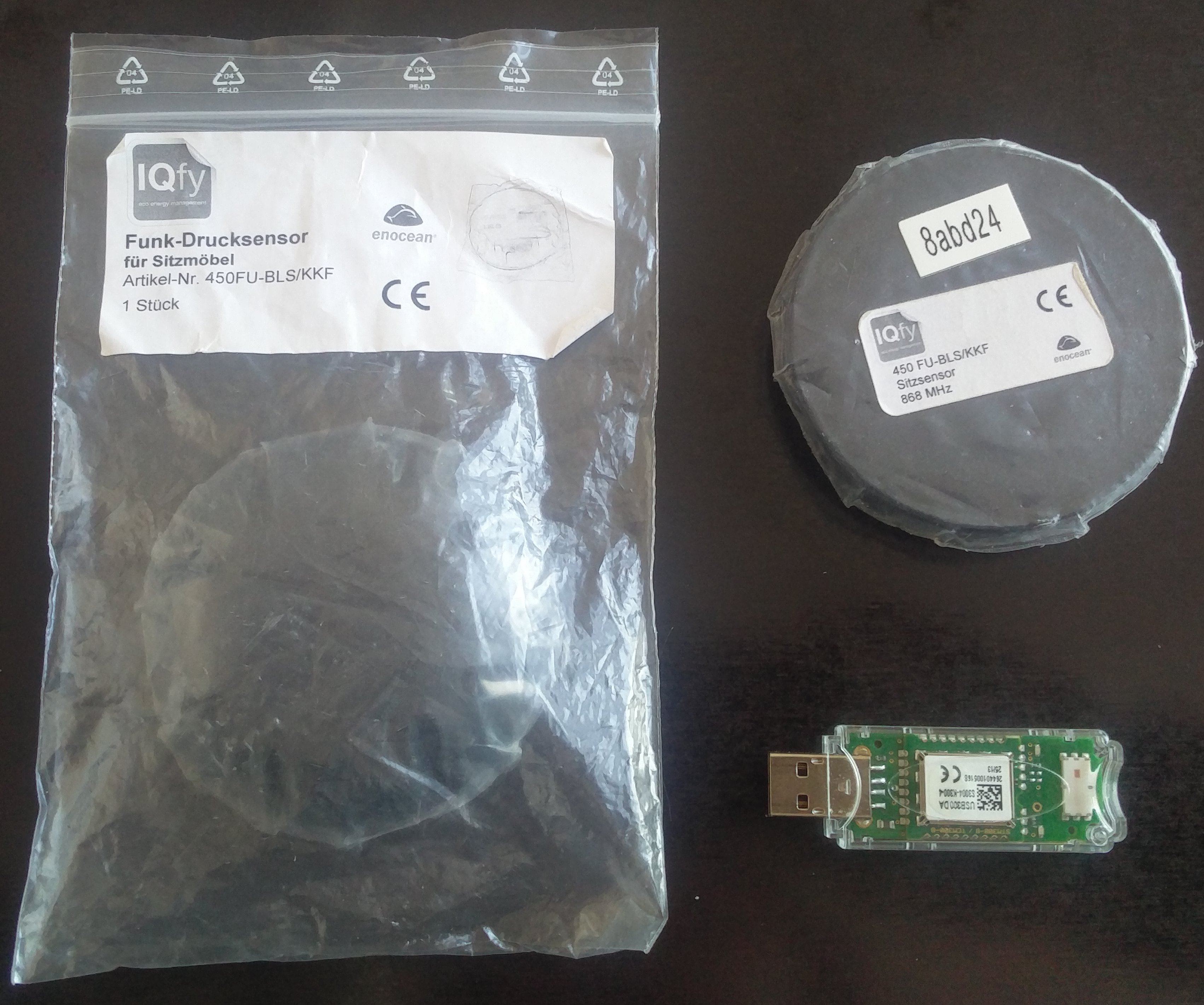Indoor positioning systems take over where satellite-based systems are becoming too inaccurate due to signal attenuation by building structures. There is a plethora of indoor positioning systems on the market and choosing the most appropriate one can be challenging. Those systems use a wide range of technical solutions and differ in:
- ease of use
- reactivity
- power usage
- accuracy
- price
Furthermore, due to the physical properties used for the positioning systems their performance depends on the environment in which they operate. It is therefore recommended to assess the usefulness of indoor positioning systems for each particular environment and use case. Here we present an experimental set up to determine the static accuracy of positioning systems. We have used this set up to compare the Quuppa and the GoIndoor positioning systems.



 For the
For the 







